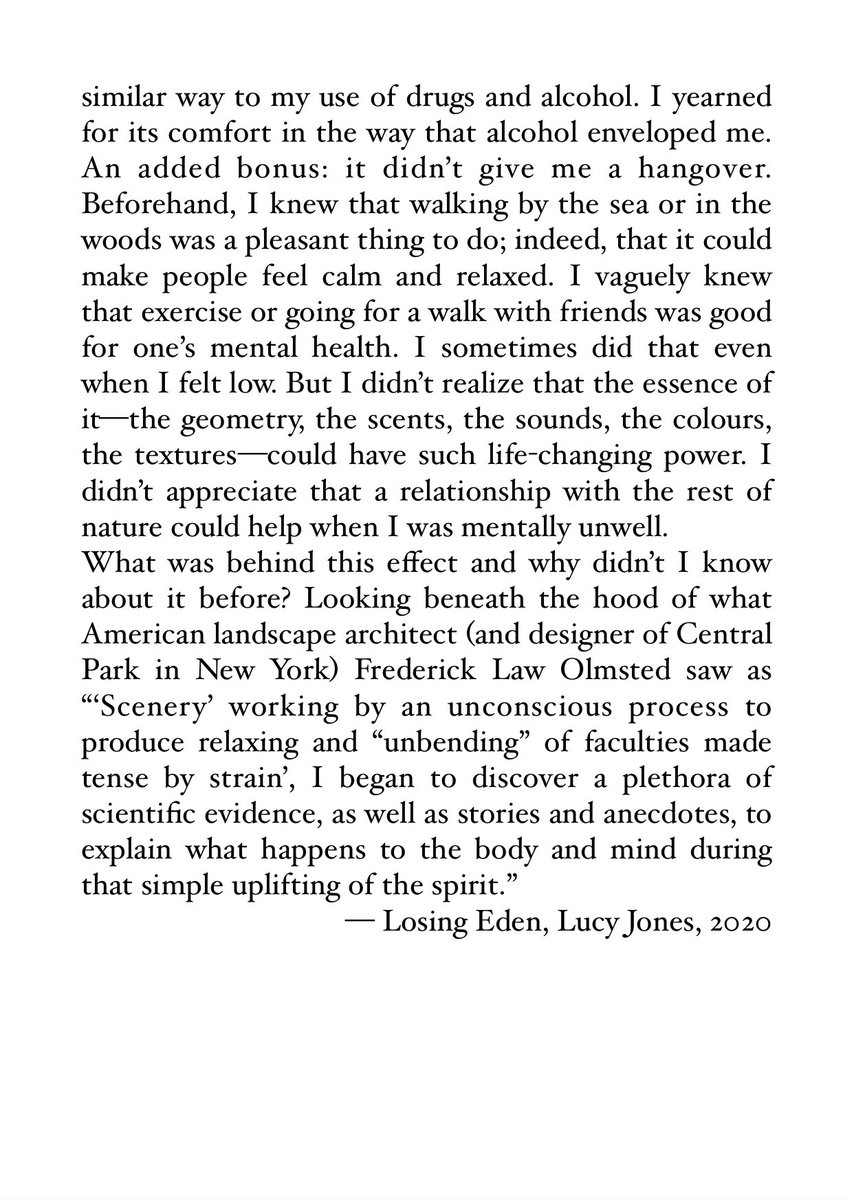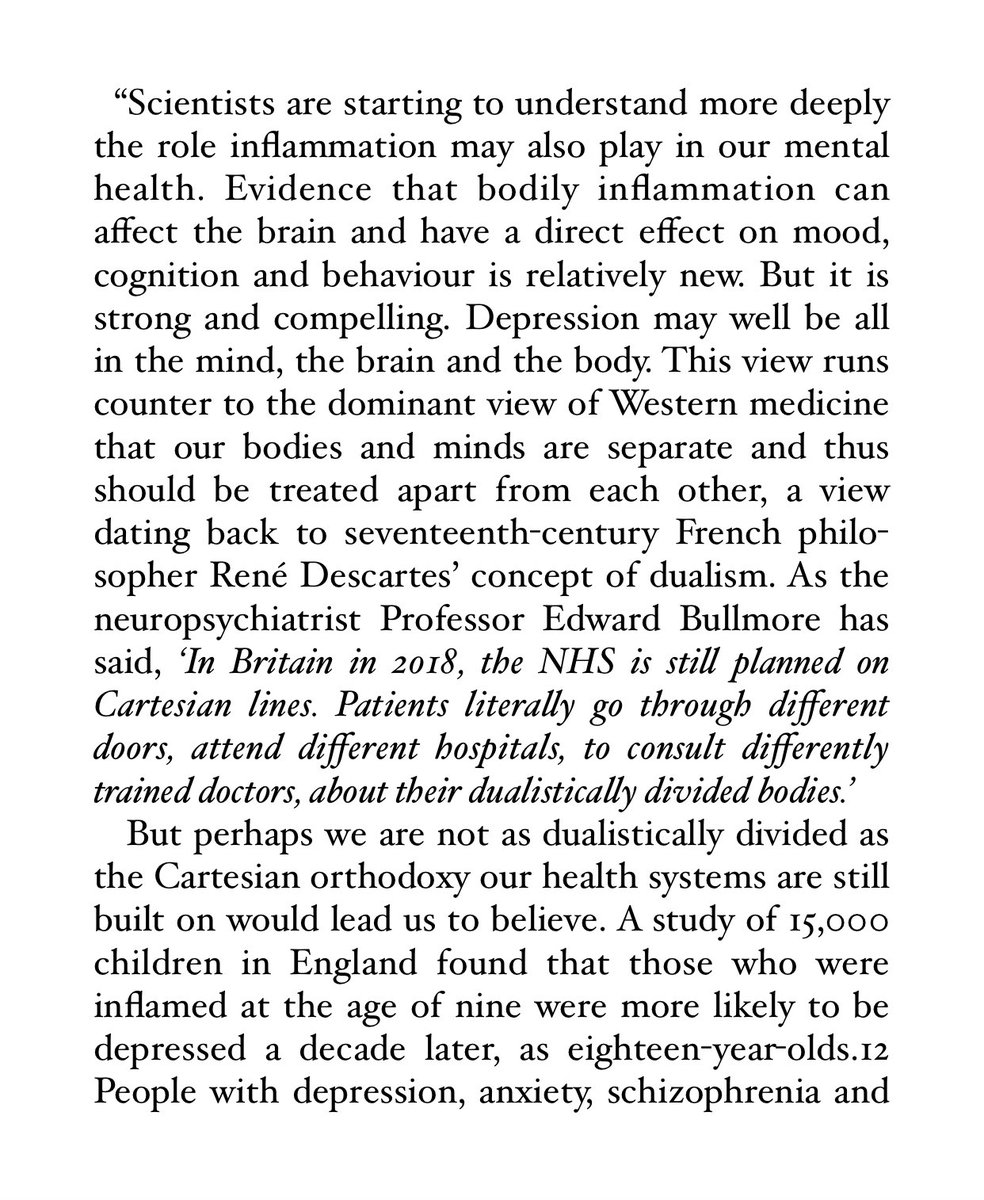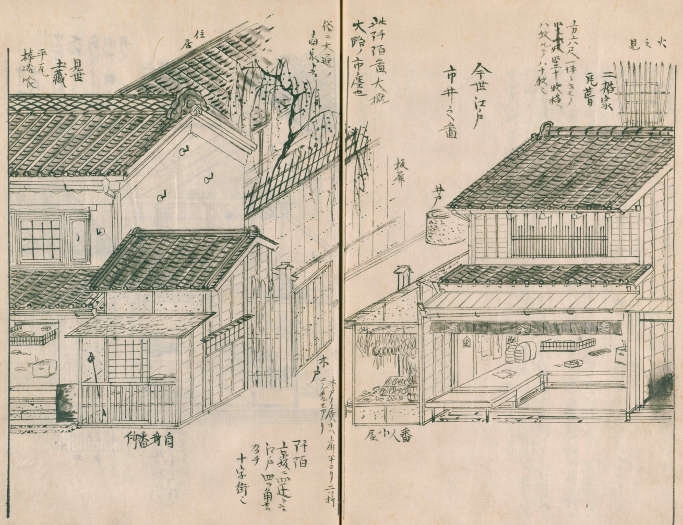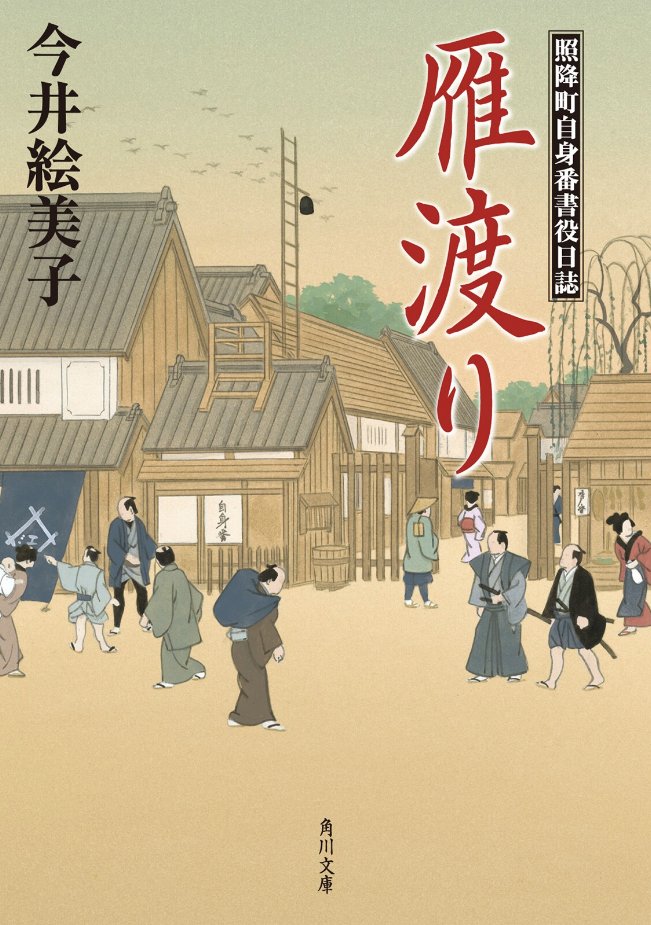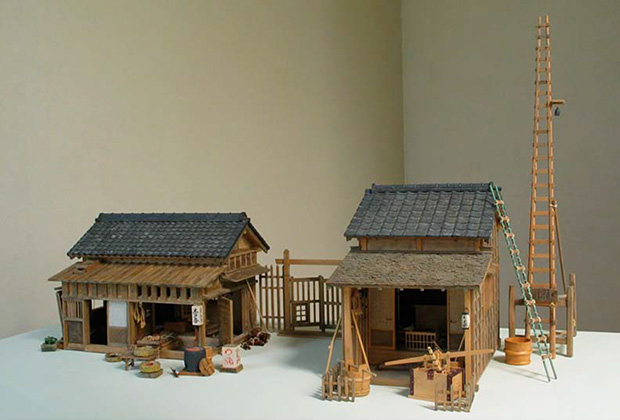
The traditional "shophouses", can be found all over Asia (and beyond). In Phuket Old Town (Thailand), there are several streets preserved of this human scaled vernacular 1-3 story townhouses, examples of Sino-Portuguese style. This is South East Asian gold standard #GoodUrbanism. 
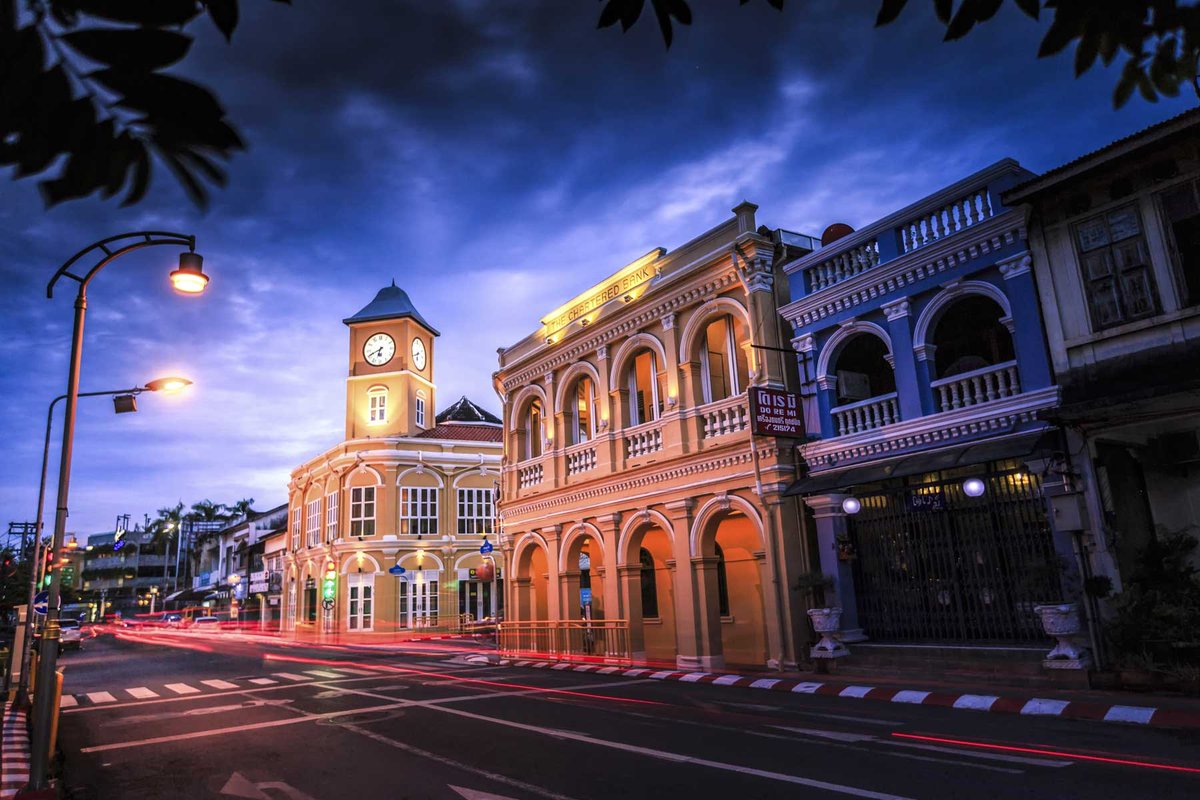
A typical shophouse (whether in Phuket or Hanoi or Singapore or Kyoto) is a two story building in local materials, with a shop on the ground floor and living space above. The plots are deep and narrow to preserve valuable street frontage. 

The style of the individual buildings is not the most important thing, they can be easily adapted even in modern materials, but the scale is unbeatable. The shophouses in Phuket are from the late 19th c. to the late 20th c., as these reinforced concrete buildings. 

Originally the main streets often had covered arcades, to allow shoppers to walk in shade, but overcrowding and cars means most of these shaded walk ways have been lost. Restoring the streets to foot traffic and opening up the arcades again should be a no-brainer. 

The buildings are generally made of brick, easily adaptable and well suited for the climate with tall ceilings, internal transom windows and decent ventilation. This kind of architecture and planning can achieve very high levels of population density if needed. 

• • •
Missing some Tweet in this thread? You can try to
force a refresh







